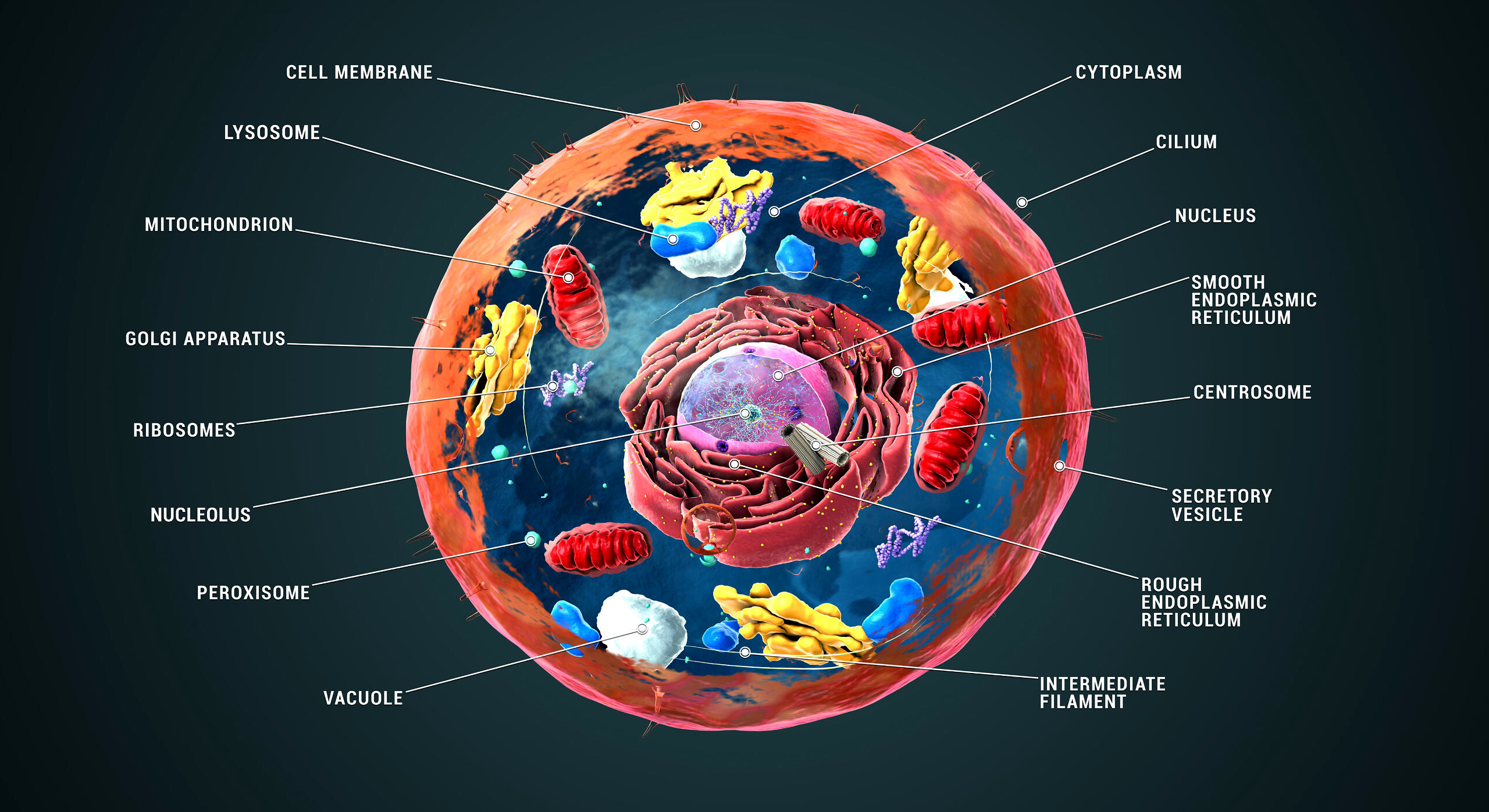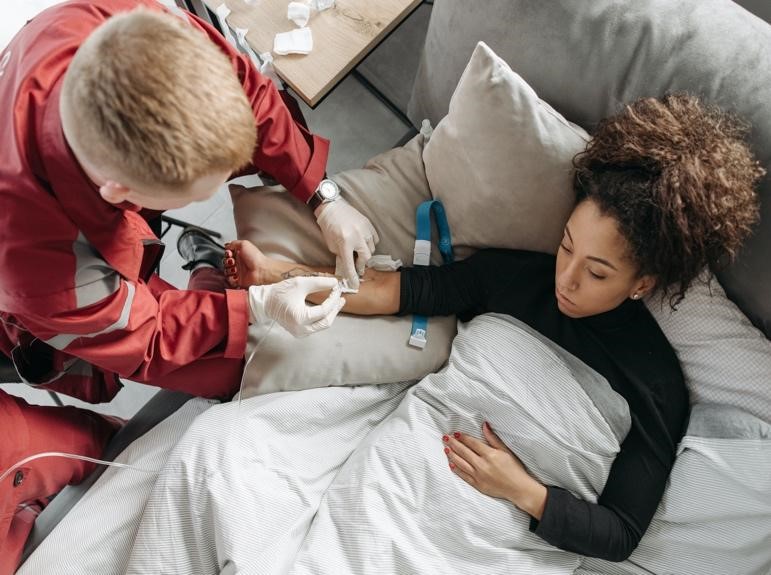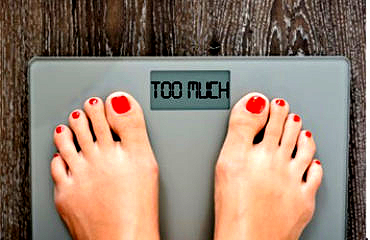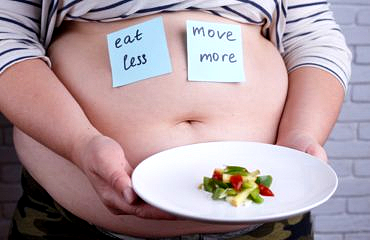Healing Begins at the Cellular Level, and Healthy Cells Become Strong Functioning Bodies
 Healthy cells are the building block of a properly functioning body
Healthy cells are the building block of a properly functioning body
We all start off as a tiny cell, small enough for 1 million of them to fit on the head of a pen!
We go from one tiny cell turning into two, two into four, four into eight, and so on, until we become who we are as fully formed human beings. That’s why I tell people “You are your cells. Your cells are you.”
We are made up of approximately 50 trillion cells, which are the building blocks of our body. Our cells build our tissues, which form our organs, and our organs create our organ systems, which work together to keep us alive.
If you’re not healing at the cellular level, your cells cannot function. And if your cells cannot function, your tissues can’t function. If your tissues can’t function, your organs can’t function. And when your organs can’t function, you are dealing with disease; that’s why getting healthy revolves around getting your body to function the way it’s designed; which involves understanding how healing begins at the cellular level.
I want to open your eyes to how amazing your cells are, and how they connect to your health and well-being.
The cell has structure
The cell is the smallest unit of life that can function on their own, create their own energy and self-replicate. They carry out various specialized functions such as metabolism, energy production, transportation of nutrients etc. and some of the cell’s most important structures are known as organelles. I want you to really appreciate the cell for all it is, so I’ll give a simple explanation of its structure.
The nucleus is the cell’s headquarters. It houses all the cell’s genetic information. There’s typically one nucleus per cell, but some cells such as the skeletal muscle cells have more than one nucleus. The nucleus protects the cell’s DNA, while controlling all the other cellular activities such as cell growth, division and cell death.
The mitochondria are the powerhouses of the cell. They create energy known as adenosine triphosphate, or ATP, which fuels all the other activities of the cell.
The plasma or cell membrane envelopes the cell and separates the interior of the cell from its external environment. This membrane consists of a lipid bilayer, or two walls of fat. And on these walls of fat are the receptors which are the gatekeepers and communicators of the cell.
The cytoplasm is a jelly-like substance that fills the interior space of the cell. It surrounds and protects the organelles, and many of the important reactions such as protein synthesis occur in the cytoplasm.
The cytoskeleton helps the cell maintain its correct shape. It plays a role in cell division and cell mobility.
The endoplasmic reticulum processes and transports new materials, And once it processes these new materials, they travel to the Golgi apparatus that packages and distributes these molecules to the outer cell membrane, and they either become part of the cell membrane, or leave the cell to perform other functions.
The ribosomes transcribe segments of the DNA into RNA, and ribosomes read and interpret the RNA and translate it into proteins by assembling amino acid sequences according to the instructions contained in the genetic code. Isn’t that awesome?
Each cell has similarities with the body has a whole
We have internal organs; Our cells have organelles. We have semi permeable skin; The cells have a similar permeable membrane. We have a skeleton; Our cells have a cytoskeleton. We need oxygen; Our cells need oxygen. We need water; Our cells need water. We ingest nutrients; Our cells absorb nutrients. We eliminate waste; Our cells also eliminate waste. We reproduce; Our cells duplicate by splitting and dividing in half. If any of these cells are impaired and fail to operate, the whole body suffers!
NOTE: Healthy cells develop into healthy tissues, healthy tissues become healthy organs and the organs become healthy organ systems. Healthy organ systems become a strong healthy functioning body.
Disease cells develop into diseased tissues. Diseased tissues become diseased organs, and diseased organs become diseased organ systems which become a weak and diseased body.
So, not only does healing begin at the cellular level, disease also starts at the cellular level.
Unhealthy cells are the building blocks of an unhealthy body
Disease also starts at the cellular level. These chronic diseases that we see today, such as diabetes, heart disease, autoimmune disease, digestive problems, they all start at the cellular level. If the cells can’t metabolize, can’t absorb nutrients, they cannot function. Inflammation of the cell membrane affects the way the cell functions.
There are two types of inflammation:
- Acute
- Chronic
Acute inflammation
This is healthy and necessary as the body’s normal defense mechanism in response to injuries, foreign bodies and other outside factors. Once the body has healed, the inflammation subsides. Examples of acute inflammation include things like burns, skin cuts and bruises, sinus infections, runny nose, fever, and sore throat. These are all natural responses to healing and recovery. What we need to be most concerned about is chronic cellular inflammation.
Chronic inflammation
When the cell becomes inflamed, the receptors are blunted, the proper nutrients can’t get into the cell and toxins can get out of the cell. This causes several problems with cellular function, and symptoms such as headaches, brain fog, and fatigue to more serious conditions, such as diabetes and hypertension, begin to occur in the body. The cell then has two options, the cell will either die prematurely, or it will mutate or adapt to the new environment of toxicity and inflammation. Most symptoms and diseases we see today stem from chronic inflammation, and most of these conditions are treated by managing the symptoms of dysfunction, and not addressing the integrity of the cell. Symptom Management such as medication and surgery can lead to more inflammation, more malfunction and degeneration.
Causes of cellular inflammation
1-Excessive sugar intake
In a healthy cell, insulin receptors transfer glucose from the blood into the cell, which is then converted to energy. But with excessive sugar intake, the insulin receptor gets overworked and eventually dies, the cell can no longer hear insulin. That is what type two diabetes is, is the body’s inability to hear insulin, not produce insulin. But in today’s medical treatment, medications are used to beat the pancreas into producing more insulin. When the problem is in the cell.
2-Intake of bad fats
When we look at the research, saturated fat and cholesterol are the two most necessary fats to regenerate the cell membrane. bad fats in the form of polyunsaturated fatty acids, damage the cells and drive inflammation and oxidative stress. These fats in the form of vegetable oils are found in most of our processed foods, including chips, pies, cookies, crackers, and even foods marketed as health foods. Sugar combined with bad fats increase the LDL particles that drive inflammation.
3-Environmental toxins
According to the CDC, there are currently more than 400 environmental chemicals or their metabolites that had been measured in human samples such as the urine, blood serum and breast milk. environmental toxins involve a broad entity of chemicals that we encounter in our everyday lives. Many of us are exposed to more than 100 chemicals from cosmetics, soaps and other personal care products before leaving the house in the morning. Every morning, we lather up in skincare products that are loaded with toxic chemicals such as sodium lauryl sulfate, which has devastating effects on our health.
DID YOU KNOW? The International Agency for Research on Cancer and the World Health Organization have concluded that 80% of all cancers are attributed to environmental rather than genetic factors, including exposure to carcinogenic chemicals, such as formaldehyde and benzene, many of which are found in household cleaning products.
 You can heal in a toxic world
You can heal in a toxic world
It’s going to be hard. Sometimes it’s going to take longer than we expected, but when you’re aware of the challenges, then it’ll be more realistic for you. You won’t get as frustrated, you’ll start to dig deeper so that you can heal.
I know talking about ribosomes and cell membranes isn’t the most exciting topic to discuss, but my priority is to educate you, and help you realize how intelligent your body is.
I have learned to love, grow and appreciate how the spirit of the Most High coordinates all the functions of my body, the same spirit that made me can heal me. This same force is in all living things. Society has conditioned many of us to block it out, and ignore it, or not prioritize the wisdom we contain in our very own bodies. And the more toxic, tired and medicated we are, the more disconnected and unhappy we become. As you heal, you will become much more connected to this power.
Takeaways
- Healthy cell means healthy body
- You can still heal regardless of the toxic world
- Sugars may be sabotaging your health
- Not all fats are bad
- Not all inflammation is bad
- Wholeness comes from cellular healing
Let’s talk about how I can help you get to your ideal health destination. Request a free 45-minute Breakthrough Call. CLICK HERE to get on my schedule.
Download your free Breakthrough Guide and don’t forget to check out The Heal Deal Podcast for more valuable insights into your journey to healing.
Until next time, go out there and achieve more freedom in your health and your life!
Dr. Leona




